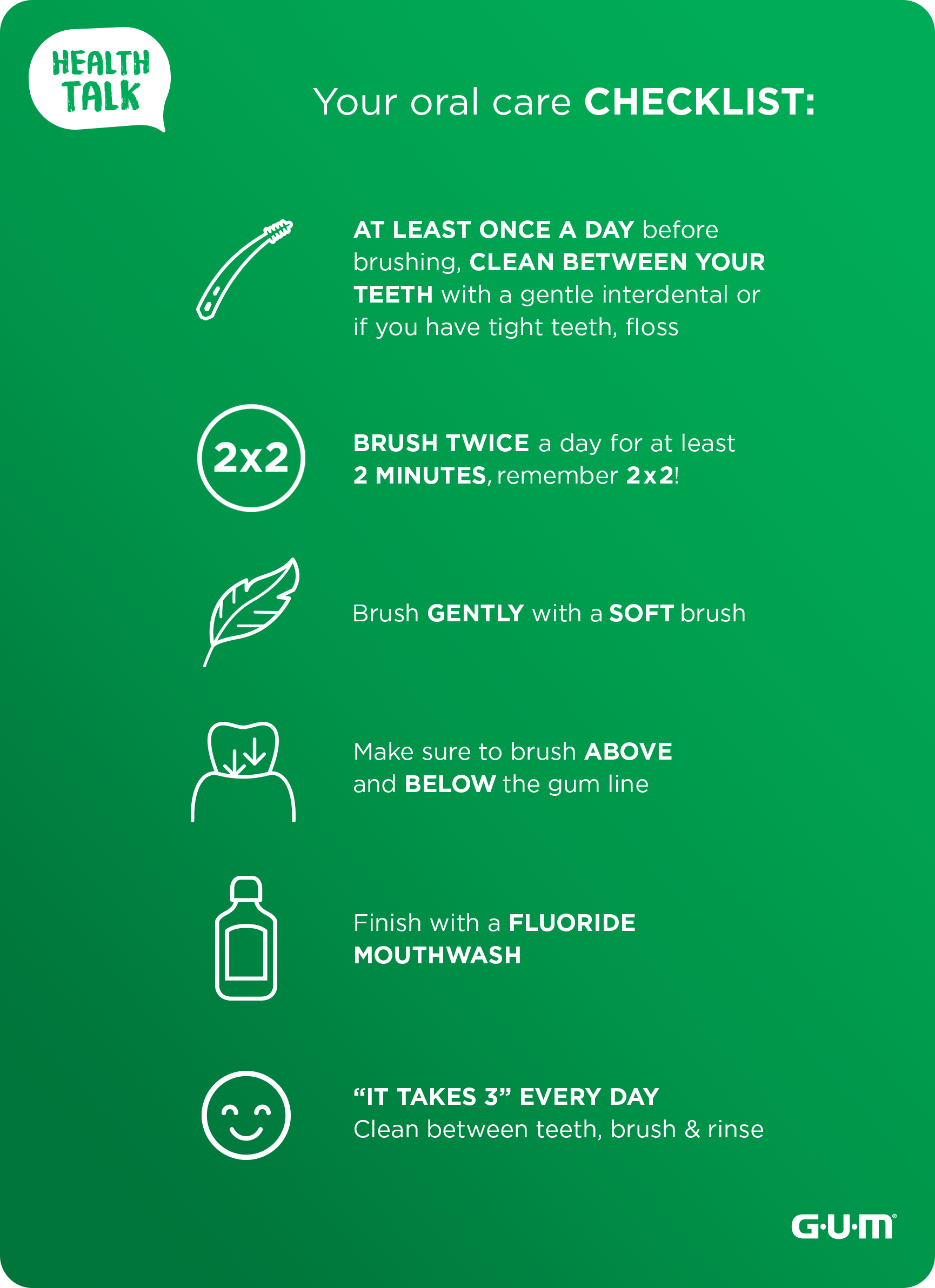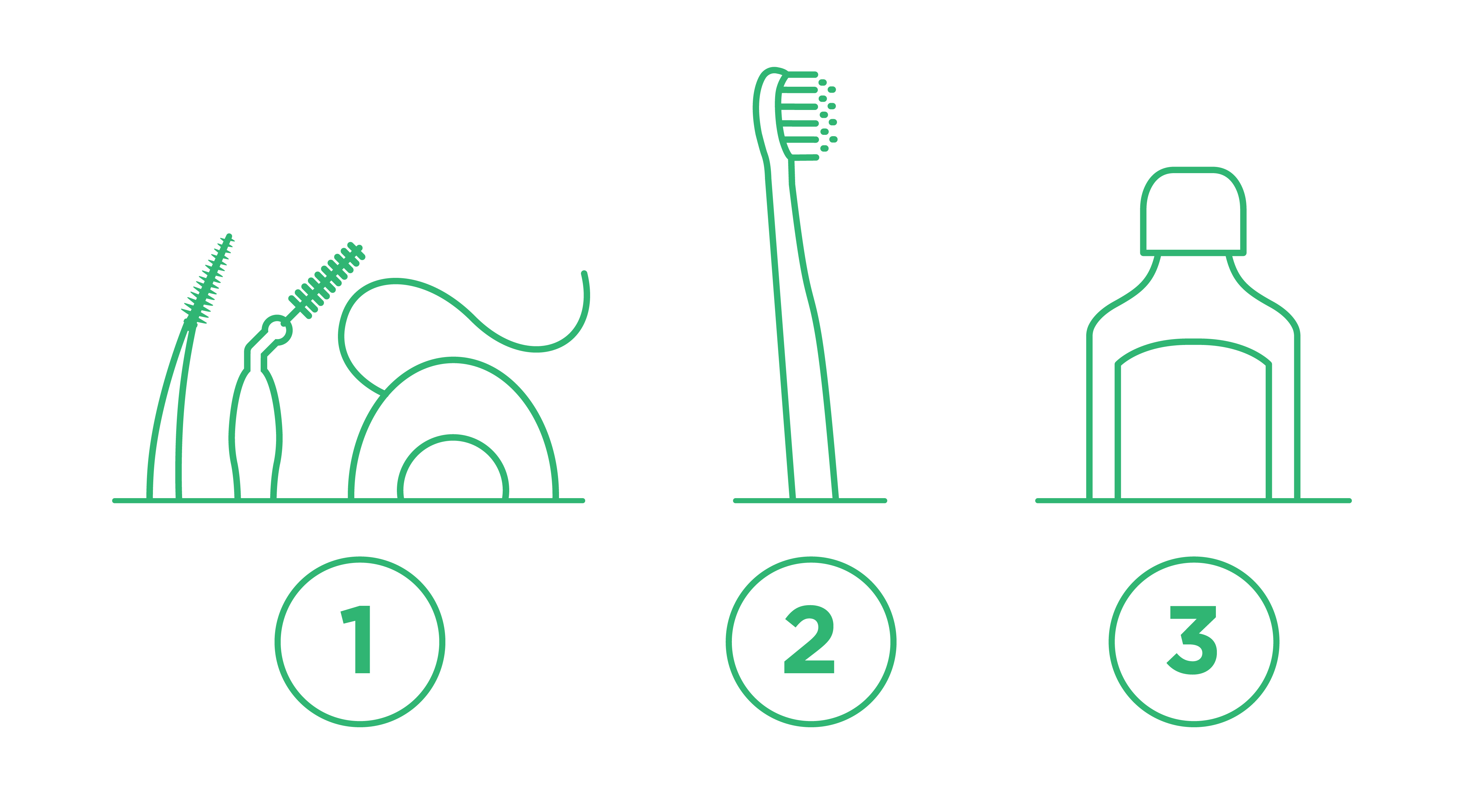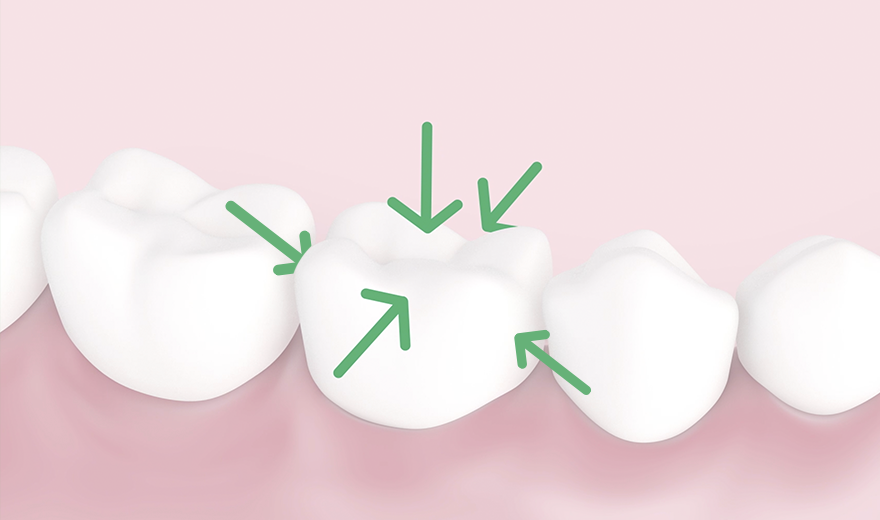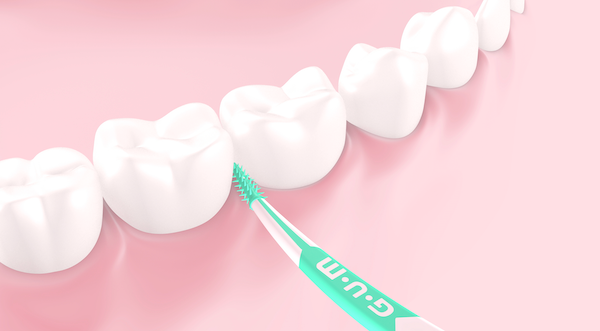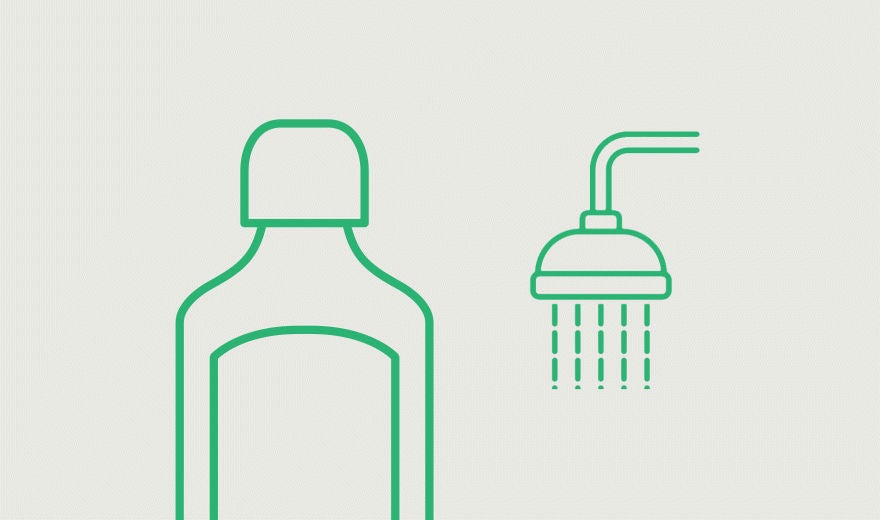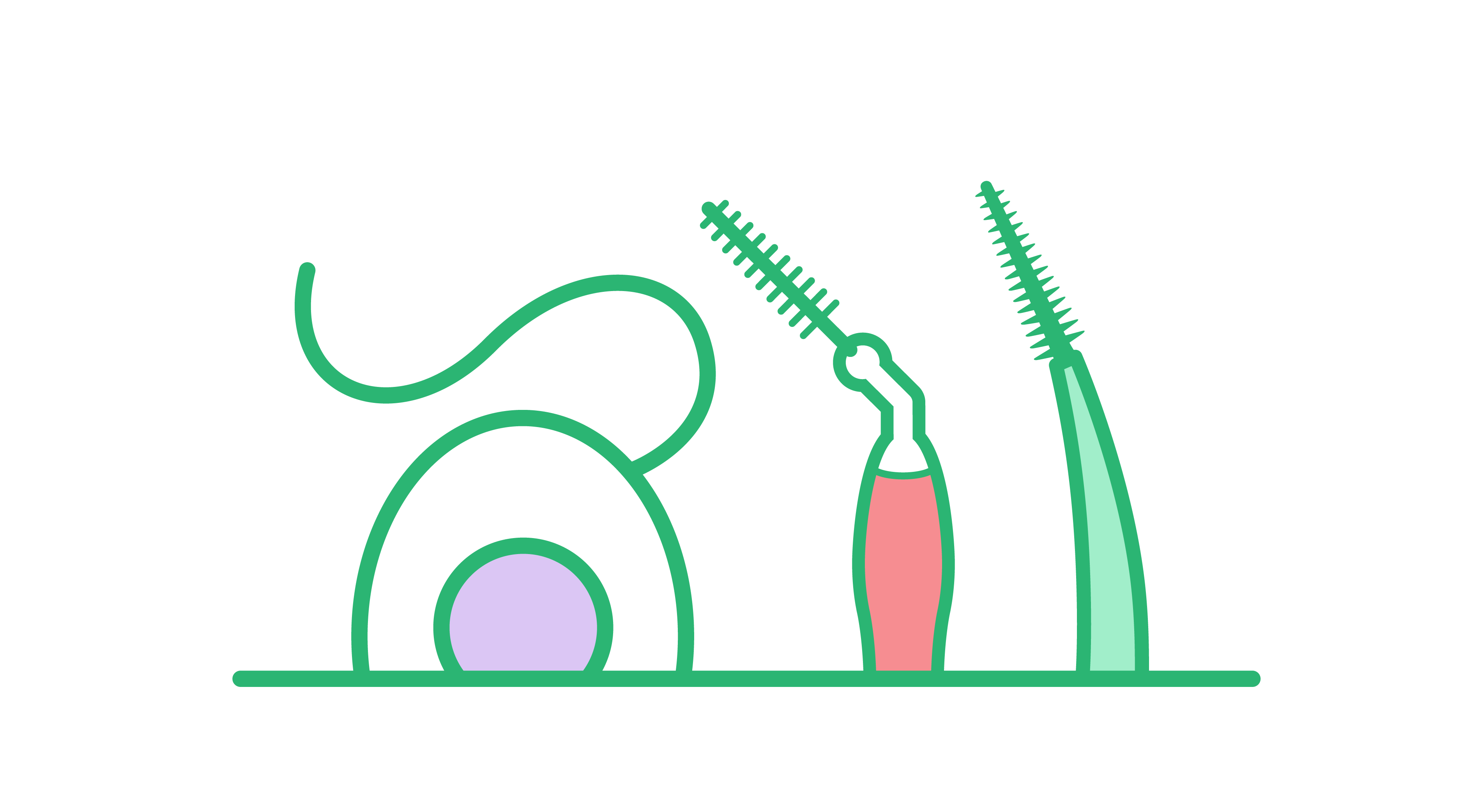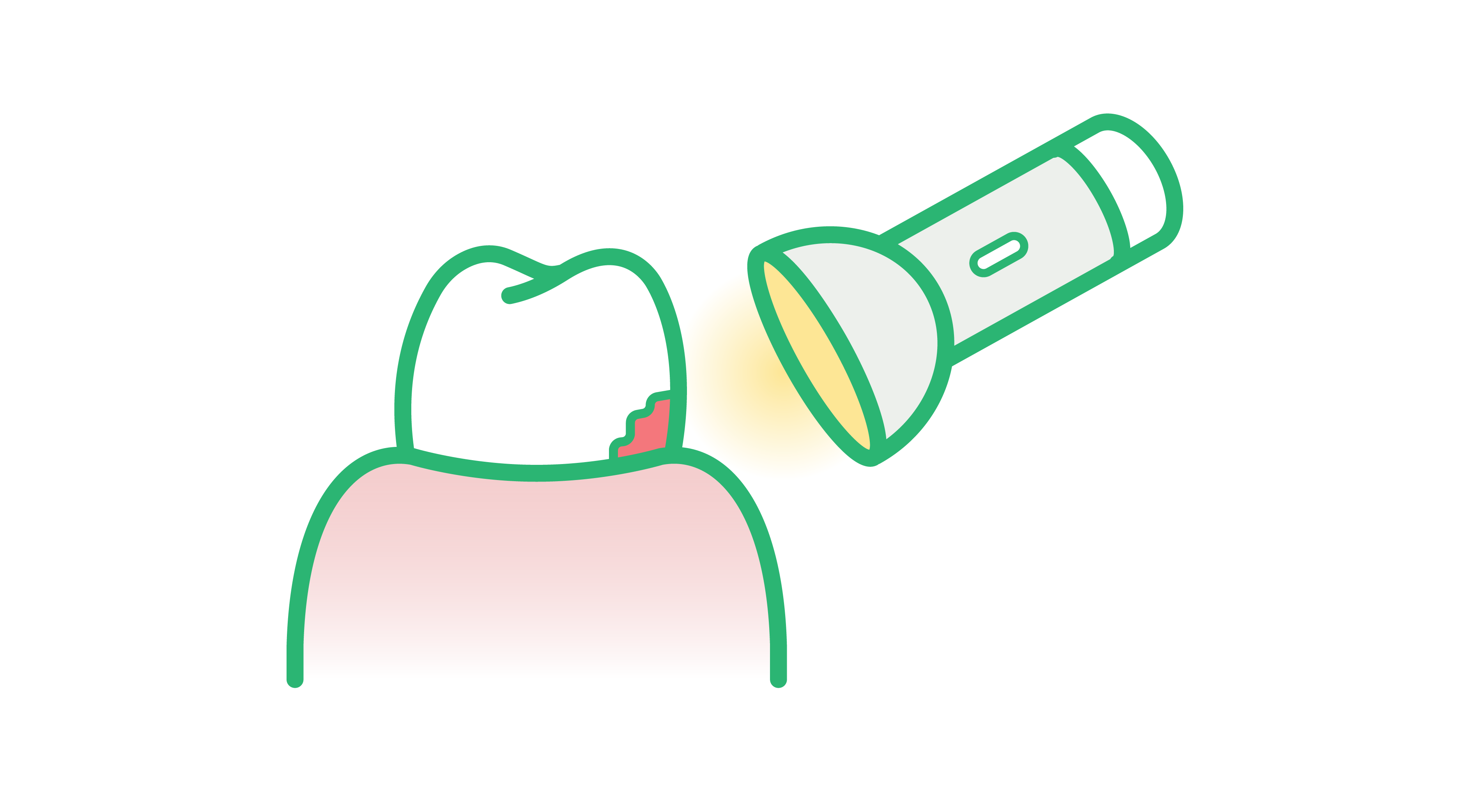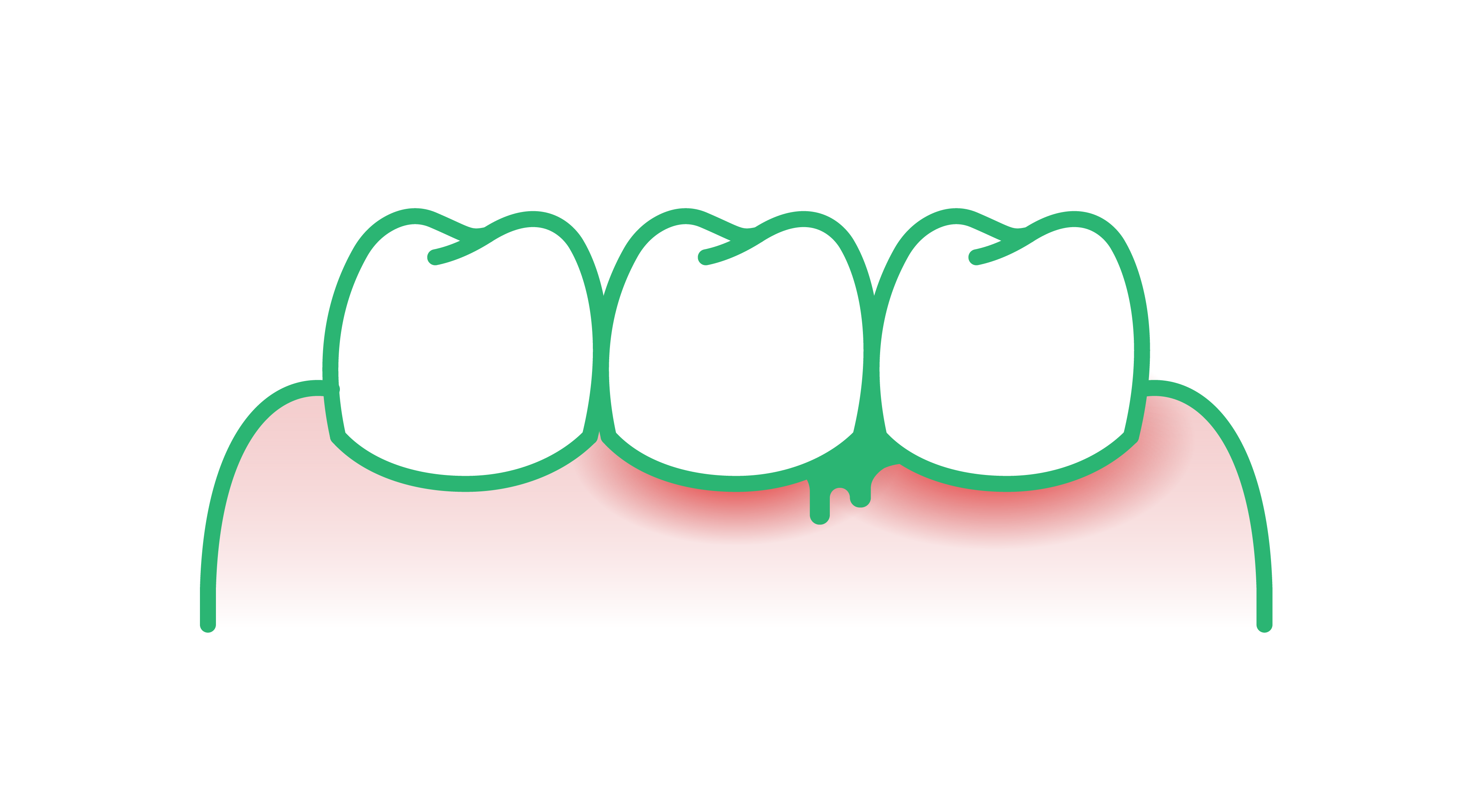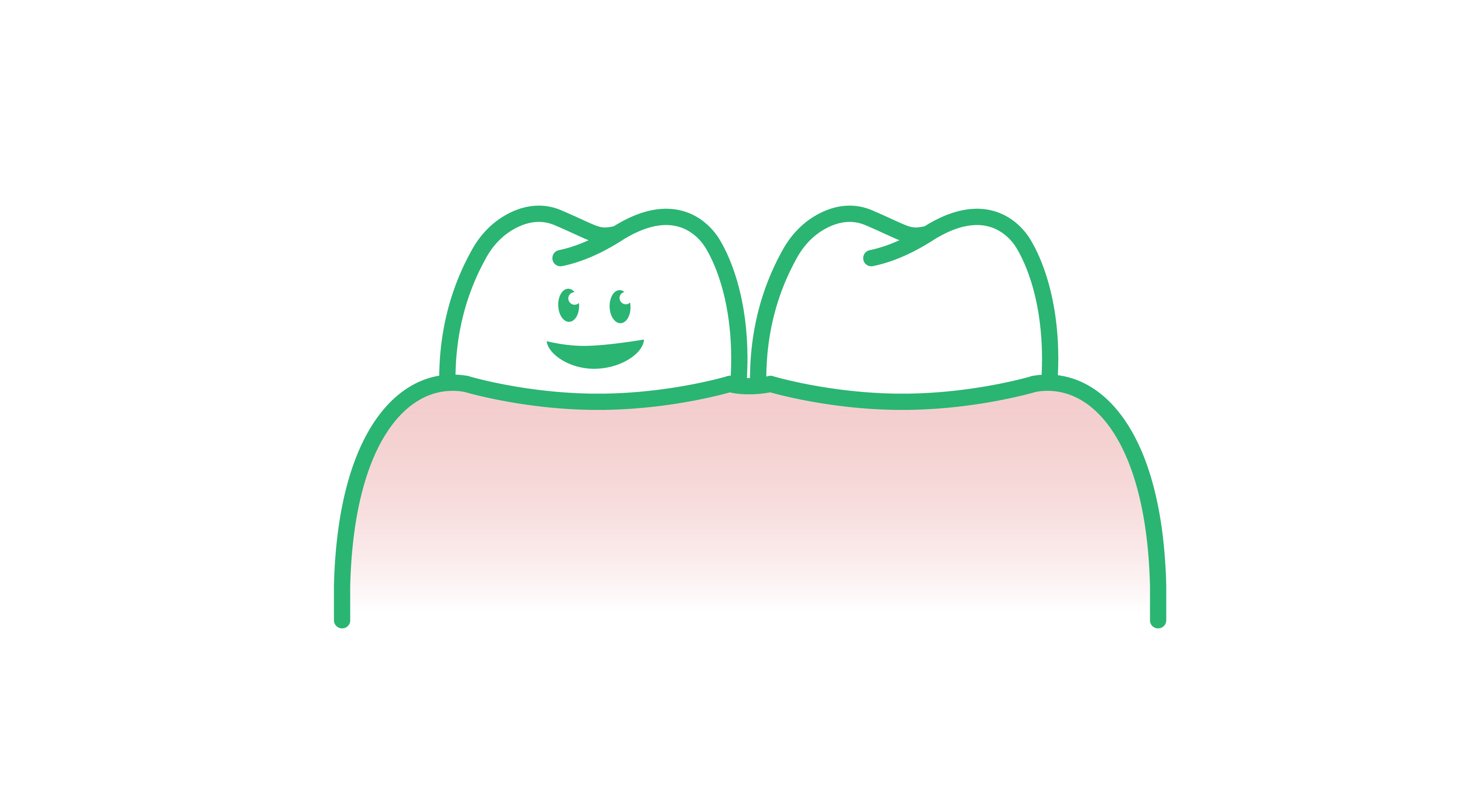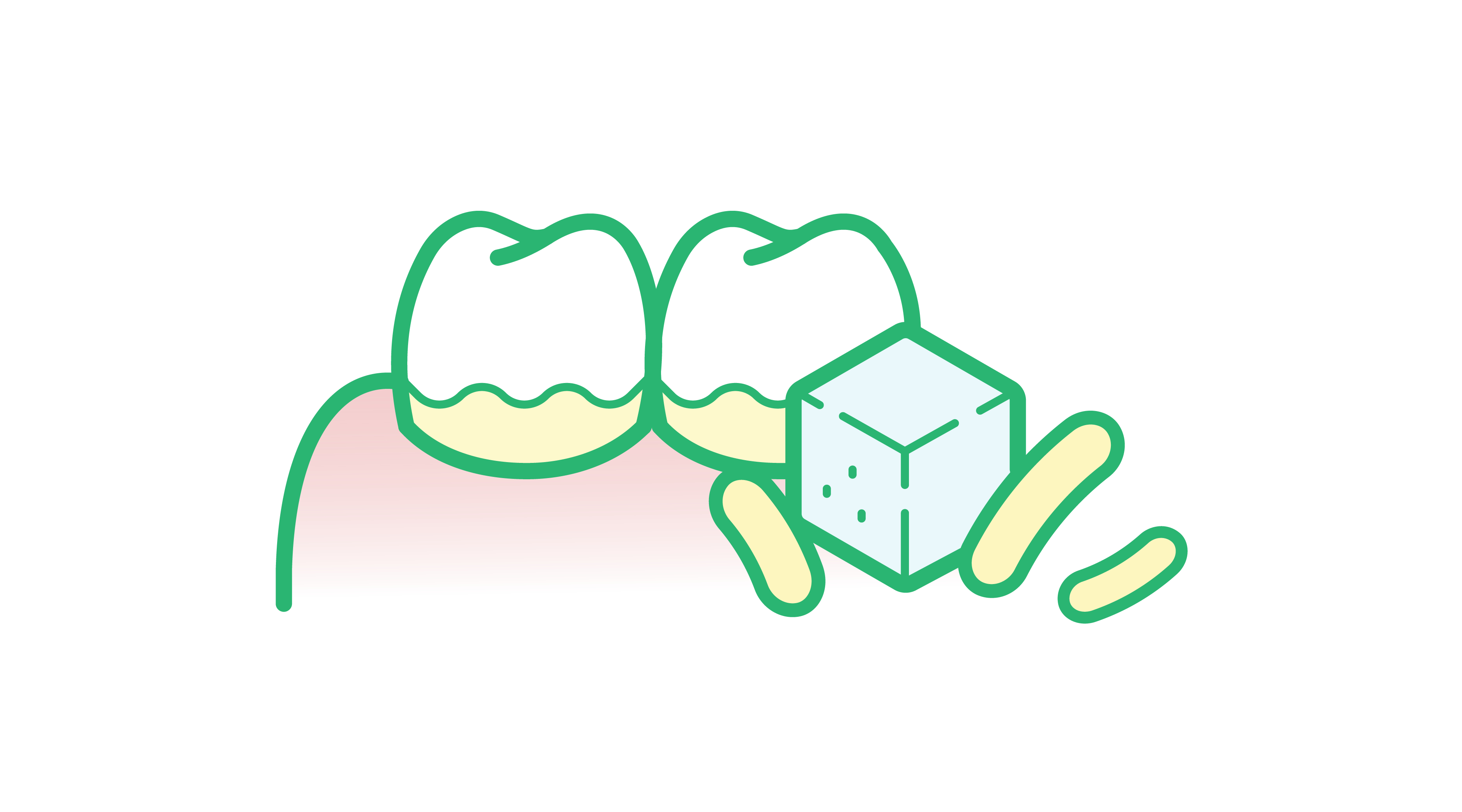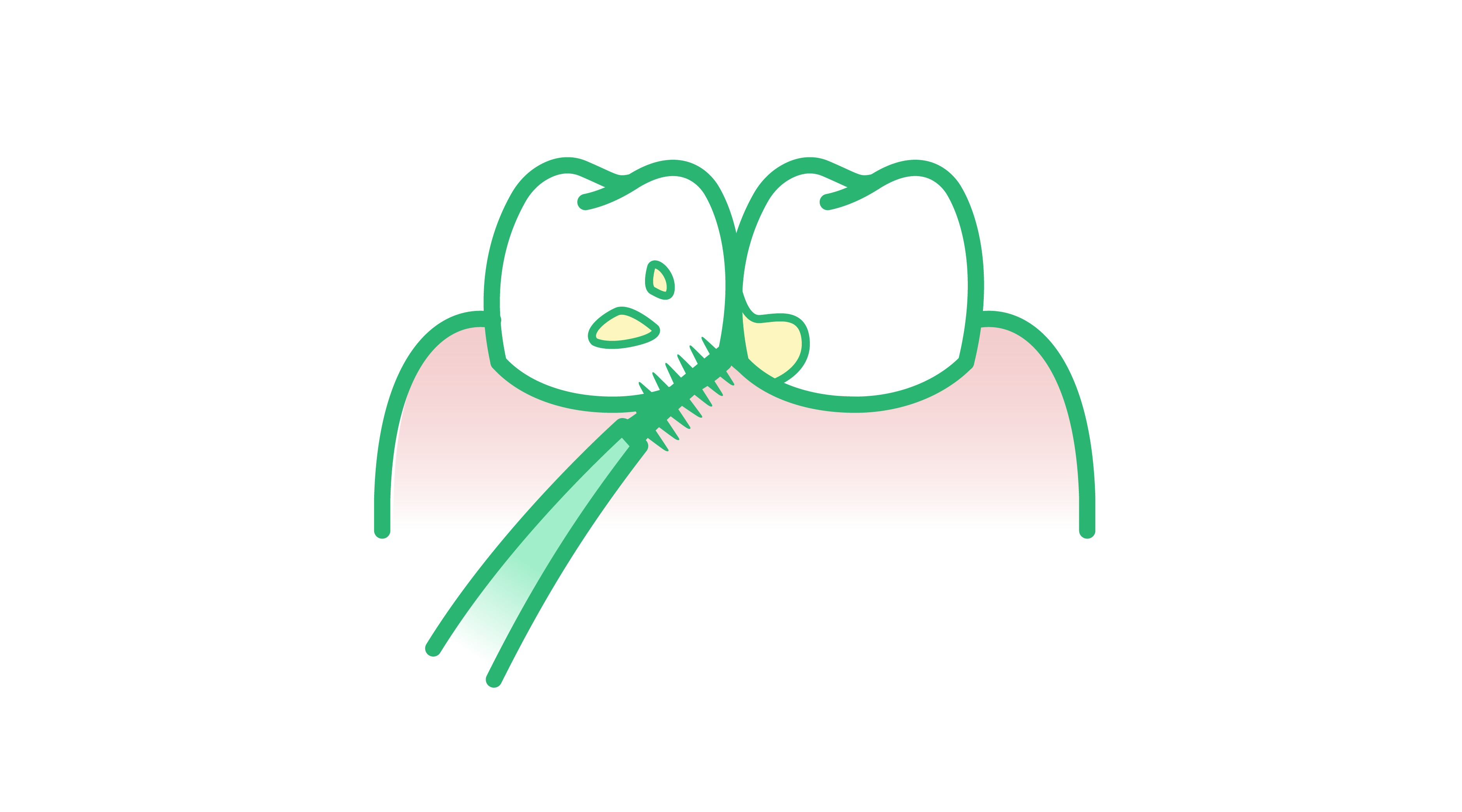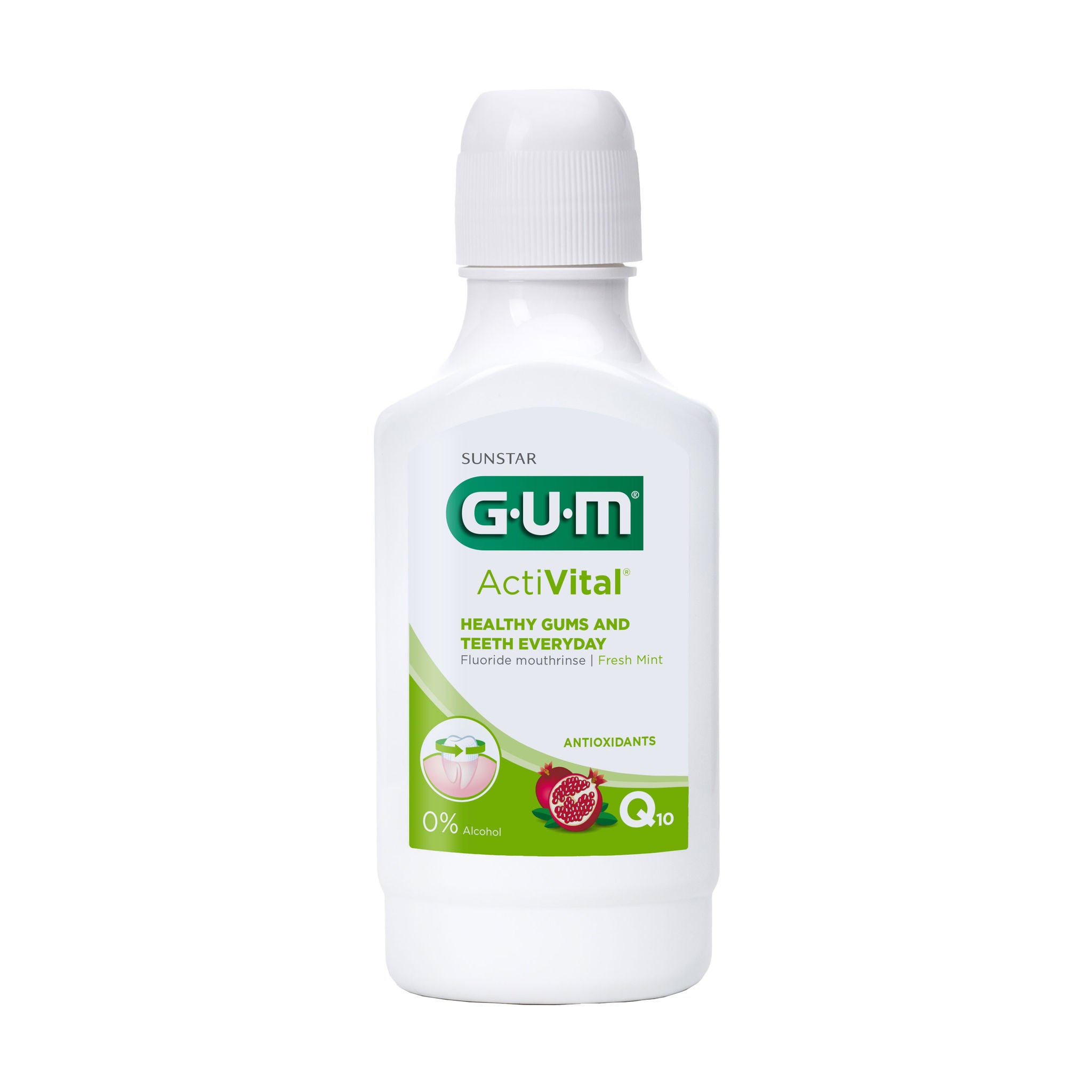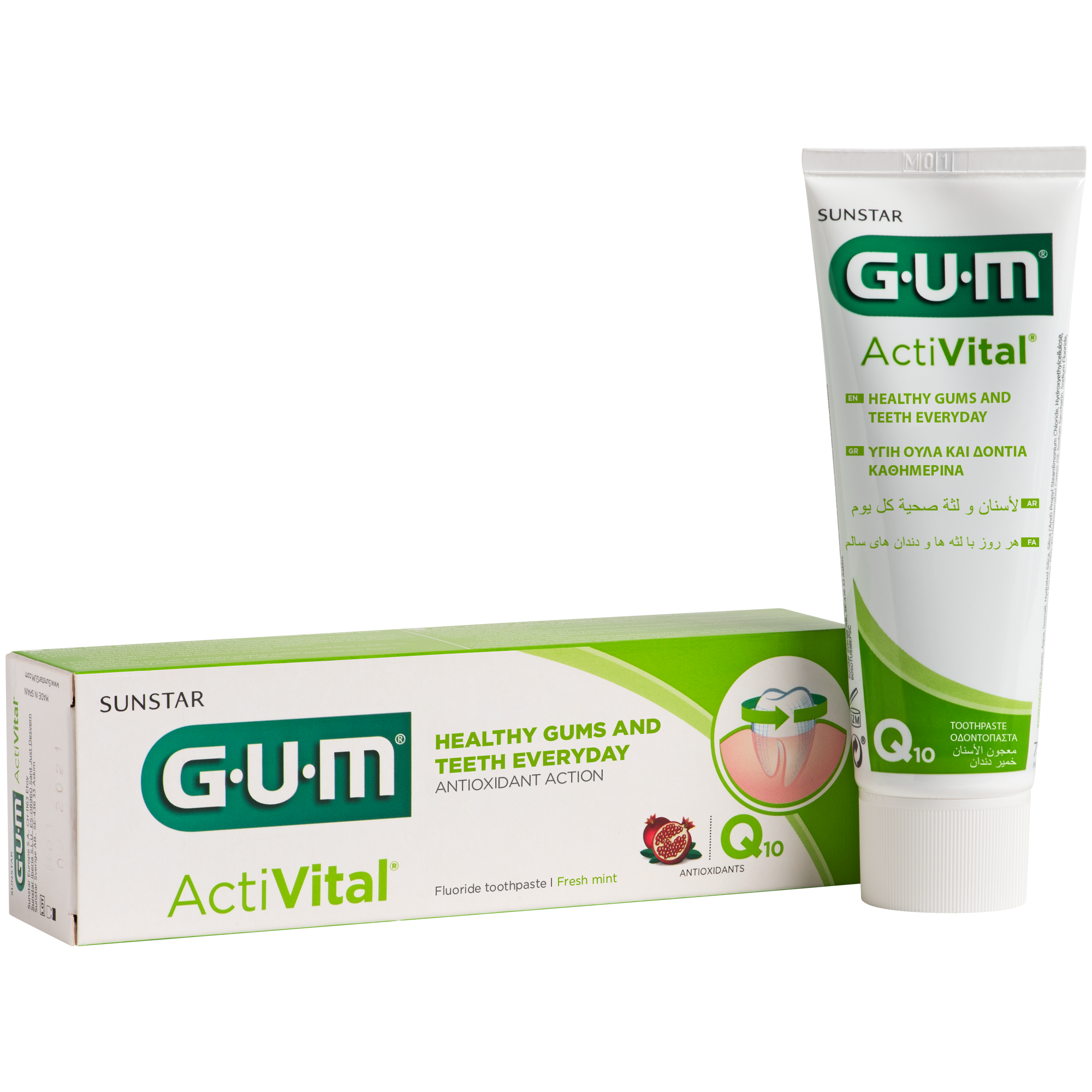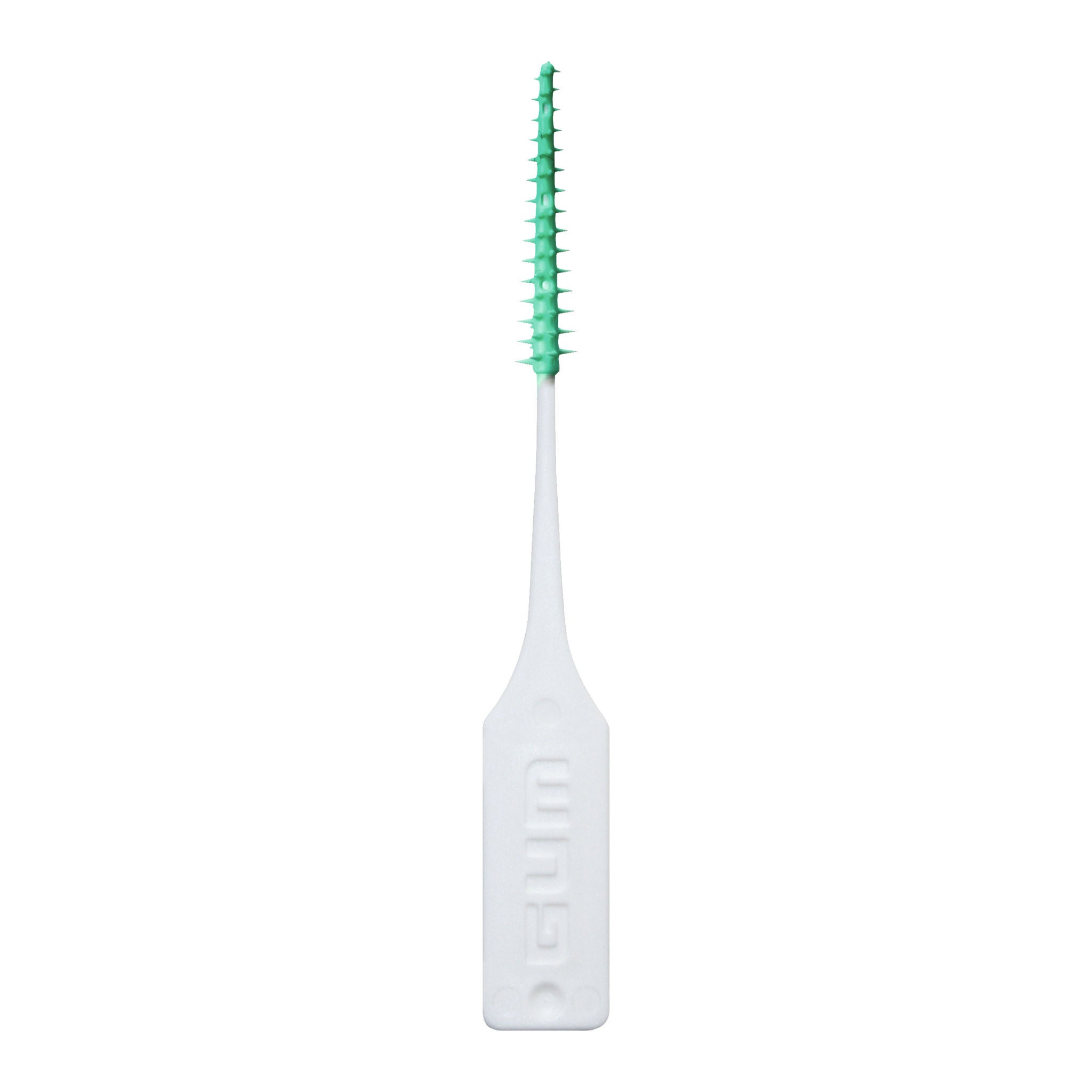How to Get the Most Out of Your Oral Hygiene Routine
Oral health is the door to your overall health.
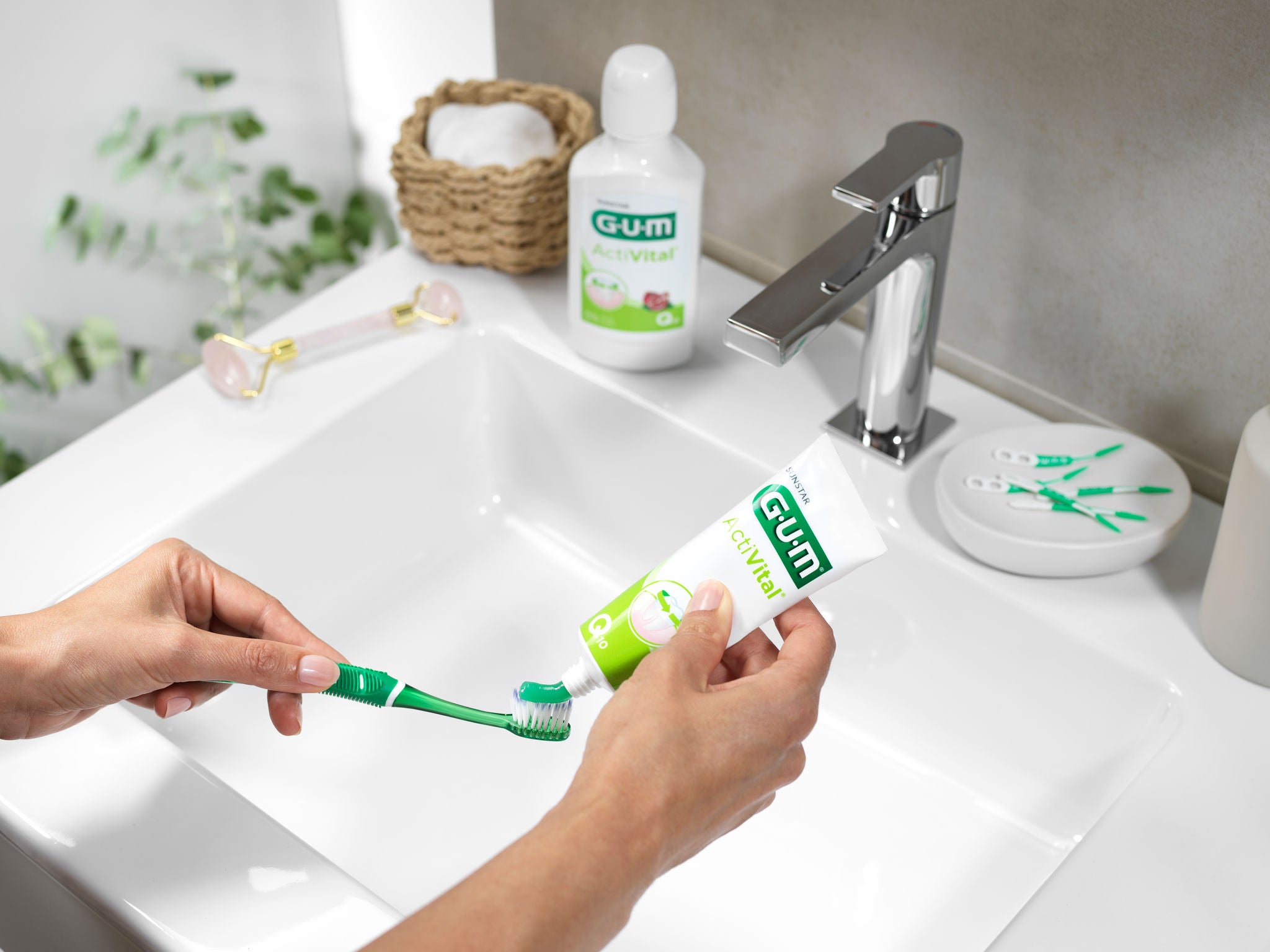
Like all other areas in your body, there are bacteria in your mouth - some good, some bad. Proper oral hygiene can help you keep good bacteria and get rid of the bad ones that cause plaque build-up and damage your gums and teeth. Oral health into ripe old age is important for a healthy body. Did you know that healthy gums prevent bacteria from entering the blood stream, travelling inside your body, causing inflammation and affecting your overall health? You can help keep your oral and general health optimal with daily brushing, interdental cleaning and rinsing.
Want to get the most out of your oral care routine? Watch our video and find out how! Remember that, while a complete oral care routine will benefit everyone, we all have different needs that call for the help of a professional. This is why you should visit your dentist twice a year for a professional clean and personalised care.
Are you getting the most out of your oral care routine? Watch our video to discover it
A FEW THINGS you may be wondering about:
